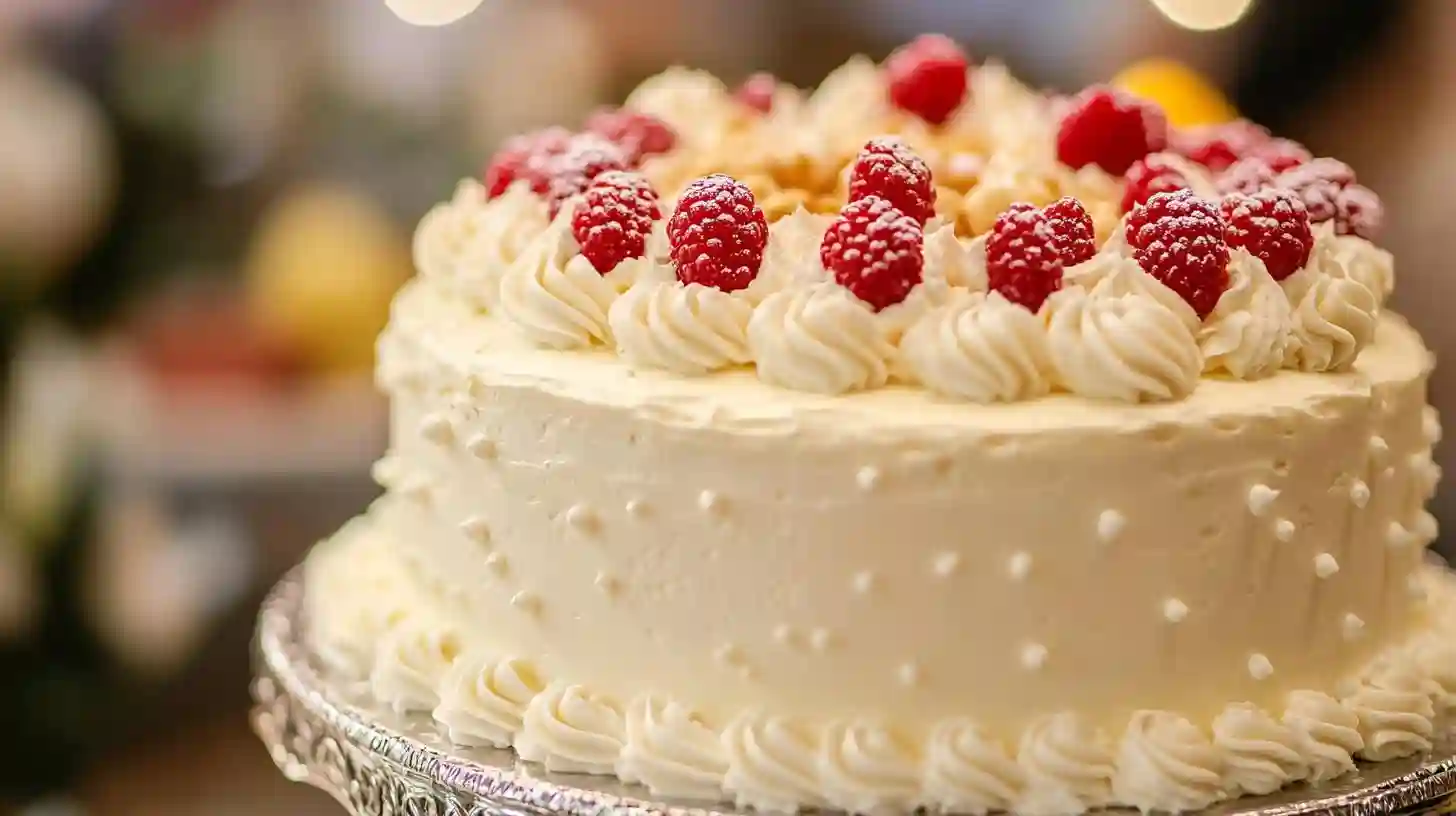
Baking a perfect cake at home can often seem like a daunting task, but with the right tips and techniques, it can become an enjoyable experience that yields delicious results. A well-baked cake has the potential to impress family and friends, making every occasion a special moment. To begin this culinary adventure, it's essential to gather all the necessary ingredients and tools beforehand. This means having flour, sugar, butter, eggs, and any flavorings or additions ready to go. Also, ensure that all your tools, such as measuring cups, mixing bowls, and baking pans, are clean and within reach.
Understanding the role of each ingredient is fundamental to achieving that desired fluffy and moist texture. For instance, flour provides structure to the cake while sugar not only sweetens but also helps in browning the crust. Butter, when creamed with sugar, adds air to the mixture, resulting in a light texture. Eggs perform multiple roles as binders, leaveners, and moisture providers. It is crucial to measure all ingredients accurately, as even a slight deviation can lead to undesirable outcomes. Utilizing a kitchen scale offers precision that measuring cups might not provide.
One key technique in cake baking is the creaming method. Begin by beating together the softened butter and sugar until the mixture is light and fluffy. This process incorporates air into the batter, promoting a beautiful rise in the oven. If using eggs, add them one at a time, ensuring each is fully incorporated before adding the next. Be cautious when mixing; overmixing can lead to a dense cake, as it develops gluten from the flour. Once the wet ingredients are ready, alternate adding the dry ingredients and any liquids like milk, starting and ending with the dry mixture. This method prevents the batter from becoming too heavy, ensuring a tender crumb.
Temperature plays a crucial role as well. Always preheat the oven to the recommended temperature as this allows the cake to bake evenly. An oven thermometer can be a handy tool to confirm that the temperature is accurate. Additionally, placing the cake in the center of the oven allows for optimal airflow. If you're baking multiple layers or pans, it's essential not to overcrowd the oven, as this can affect the cooking time and result in uneven baking.
The choice of baking pan can also influence the cake's outcome. Different materials, such as glass, metal, or silicone, distribute heat differently. Metal pans tend to promote better browning, while glass pans allow for more even baking. Regardless of the material, it's advisable to grease and flour the pans properly to prevent sticking. For added assurance, parchment paper can be used to line the bottom of the pans.
Timing is vital in the baking process. While recipes provide a general guideline, each oven is unique, and adjustments may be necessary. Start checking for doneness a few minutes before the timer goes off by inserting a toothpick into the center of the cake. If it comes out clean or with a few moist crumbs attached, the cake is ready to come out. Allow the cake to cool in the pan for a brief period before transferring it to a wire rack. Cooling the cake completely before frosting ensures that the icing doesn't melt and slide off.
When it comes to frosting, the choices are endless. A classic buttercream pairs well with most cakes, but ganache, cream cheese icing, or whipped cream can add unique flavors. The temperature of your frosting is as important as that of the cake. Ensure that cakes are completely cooled, and consider chilling the frosting for a bit if it seems too soft for spreading. For a neat finish, use an offset spatula to apply frosting in an even layer, and ensure your cake is rotational while you work for a consistent look.
Decorating the cake can be just as exciting as baking it. Simple designs like sprinkles or fresh fruit can enhance presentations without overwhelming the senses. If creativity strikes, consider layering flavors or using bright colors to make the cake visually appealing. Patience is key throughout this entire process, so try to enjoy each step rather than rushing to the finish line; this transformation from basic ingredients into a beautiful cake should be celebrated at each phase.
Baking a cake at home is not just about following a recipe; it's about engaging in a process that combines science, art, and a touch of love. As you practice these techniques and tips, you will become more comfortable and confident in your baking skills. Each cake baked will be a stepping stone in your culinary journey, bringing joy and sweetness to your life. Let your kitchen become a canvas where each creation expresses your unique taste and style, turning ordinary moments into memorable celebrations.